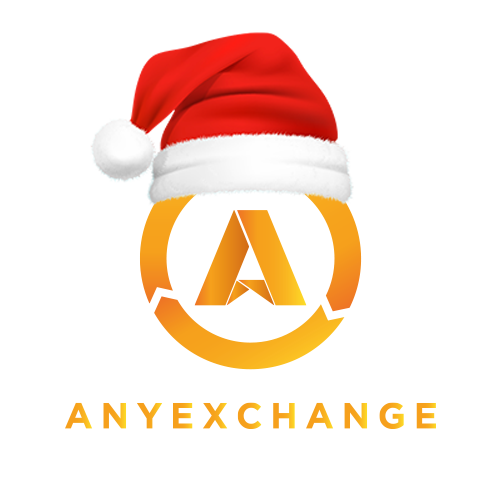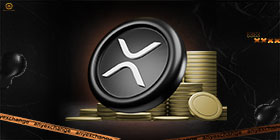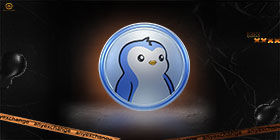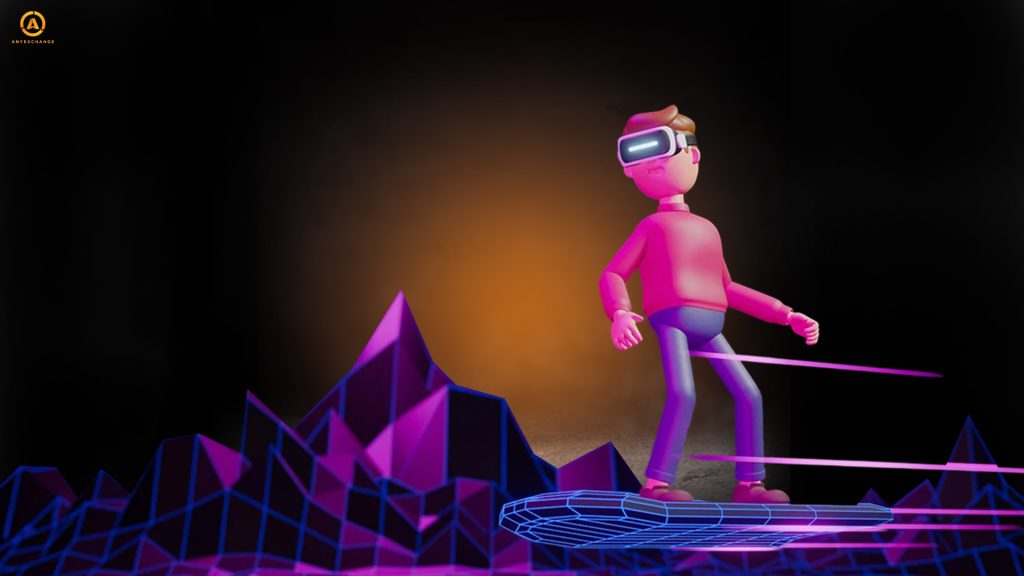
When you play traditional online games, you have fun but waste time or money. But with the development of Web-3 and blockchain technologies, the gameplay is built in such a way that you can earn money while having fun.
Financialization is affecting more and more areas of human life. Intangible assets acquire value and can be bought and sold. Their value can be expressed in money, cryptocurrencies, securities or derivatives.
In fact, time and gaming skills can also be considered intangible assets. And as we see today, the gaming industry is able to effectively monetize them. The burgeoning blockchain and cryptocurrency market can provide mechanisms for gamers to not only spend, but also earn.
Let’s take a closer look at what GameFi and NFT gaming are all about.
The essence of GameFi and NFT-games
GameFi (Game Finance) is a blockchain-based online project that provides users with various tools to earn money while playing games. The concept of GameFi is based on a combination of the principles of gamification and decentralized finance (DeFi). Unlike traditional gaming projects, decentralized finance in games allows gamers to get the most out of their gaming experience: not only to have fun, but also to earn money by monetizing their in-game achievements.
Classic centralized online games usually use “pay-to-win” or “pay-to-play” models, where the key word is “pay”. The user must pay with real money for a subscription, a licensed version, or in-game benefits. Also, the player’s game assets, virtual items, achievements, and progress may not be fully owned by the user, as the game and all of its elements are hosted and run on the host company’s centralized servers. Typically, a player cannot transfer his or her assets to other platforms or alternative gaming ecosystems and can only use them where he or she has earned or purchased them with his or her own money.
GameFi, on the other hand, offers a wide range of income opportunities both on and off the decentralized gaming platform itself. The blockchain concept secures ownership of in-game digital collectibles through NFT (hence the name “NFT games”). The distributed ledger systеm records ownership data and cannot be deleted or altered without the owner’s knowledge. This means that just like in traditional games, users can own avatars, lands, castles, ladies, pets, weapons, tools, and more. But with one crucial difference – in GameFi, these assets represent the NFT of the blockchain, and players can own and dispose of them at will.
Additionally, in blockchain games, users are rewarded in game tokens. These, like NFTs, can be exchanged for other digital assets or fiat on decentralized marketplaces. GameFi projects are also massively looking to integrate DeFi tools (steaking, liquidity mining, and income farming) into their ecosystems, providing users with additional mechanisms for monetizing games. With such options, players receive rewards, higher levels, or access to exclusive attributes through in-game smart contracts.
P2E Gaming Model
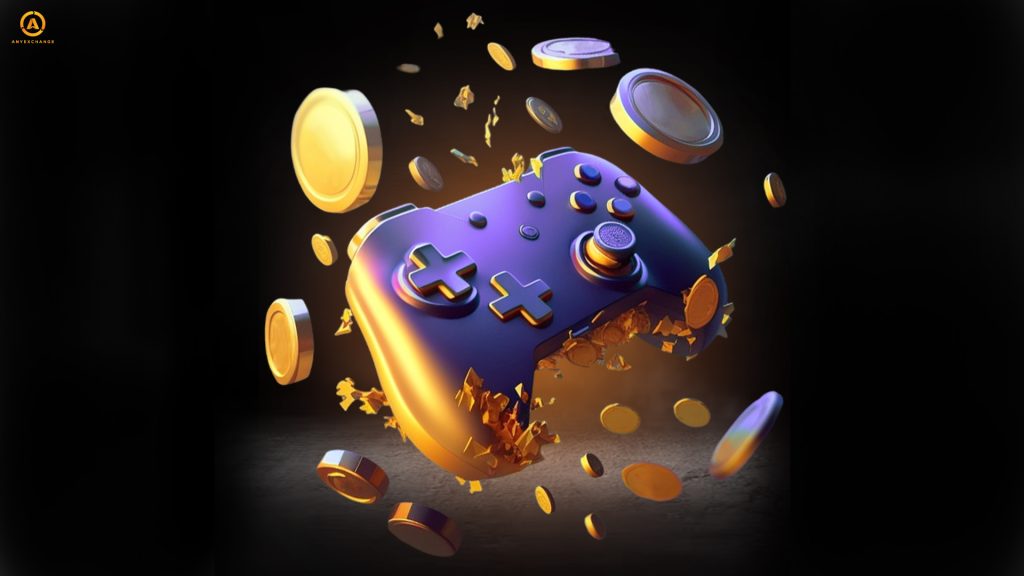
The names of the main decentralized gaming models reflect GameFi’s main goal of providing gamers with a way to generate revenue. Play-to-Earn (P2E), Move-to-Earn (M2E), Tap-to-Earn (T2E) — the names of GameFi’s popular models emphasize the word “earn”.
The Play-to-Earn model, which is used in most blockchain games, is the most common. Here, players are rewarded for in-game achievements, participation in contests, and interaction with other participants. Joining most projects that use P2E usually requires a small initial investment. This is used to purchase an initial set of characters or attributes in the form of NFTs, which can then be sold or exchanged. This differentiates GameFi from traditional games, which typically require a subscription or license fee, creating a sunk cost for the user.
The origin and development of GameFi
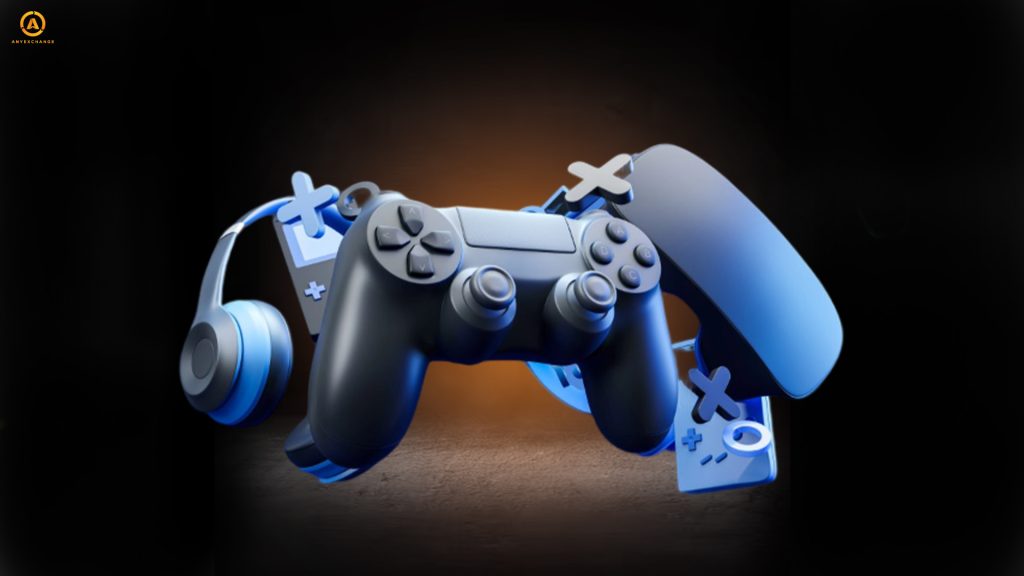
The term “GameFi” is believed to have been coined by Andre Cronje, one of the founders of the DeFi concept and a staunch advocate of the gamification of decentralized finance. It was first used by him on the social network X (then Twitter) in 2020.
However, the idea of combining gameplay with monetization had been in the air for several years before that, and the first attempts to integrate cryptocurrencies into the game economy were made much earlier. For example, the developers of Minecraft experimented with integrating bitcoin into gameplay as a reward for achievements as early as 2014.
Later, in 2017, the CryptoKitties team integrated ERC-721 tokens (of the NFT standard) into the game. The hype around the exchange of “cryptoKitties” broke into the Ethereum network and pulled over 10% of all transactions in just a week after the launch of the project, as provoked repeated overloads.
But it was from the beginning of 2020, mainly due to the growth of DeFi and NFT, that the new sector began its rapid development. GameFi games, using the concept of tokenization of game assets, began to grow like mushrooms after the rain. Many new projects appeared trying to occupy the niche. Such as The Sandbox, Decentraland, Alien Worlds and STEPN. One of the most popular and successful of them was Axie Infinity, which earned $21 million in the first three years of its existence.
The first peak of the development of the new segment came in 2021, when game tokens became one of the leaders in terms of offer growth. At that time, decentralized application development teams (dApps) began to prefer lower-cost and more powerful blockchains than Ethereum (such as BNB Chain, Polygon, Avalanche, Tron, Wax, and Solana). According to Footprint Analytics, venture capital investment in NFT games totaled $2.9 billion over the period, reaching a figure of $5.4 billion in 2022, showing growth of 84%(!) despite the onset of a bull market.
By 2023, however, GameFi’s weaknesses — primitive gameplay and unbalanced tokenomics — became apparent. As a result, more than 75% of GameFi projects failed, and the number of active player addresses in the sector dropped by almost 60%. At the same time, according to DappRadar, the volume of venture investments decreased very insignificantly, by only $600 million, and amounted to $2.3 billion. Analysts explain this by the high level of expectations from the concept of GameFi as such.
2023 was the year of qualitative changes: cryptozyme and investments gave developers time and resources to analyze mistakes and launch web-3 games of the new generation with exciting gameplay, elaborate mechanics and plot. According to a report by analytics firm Messari, about 3.4 billion users spent more than $180 billion in the sector during the year, and GameFi recorded a capitalization of more than $31 billion at the end of the first quarter of 2024.
Advantages of GameFi
- Game assets are owned by the player. The creation and transfer of ownership and disposition of NFTs is done through smart contracts. The buying and selling of NFTs and cryptocurrency in games is also governed by smart contracts, ensuring complete security, transparency and immutability of transactions. Even if a blockchain game ceases to exist, the NFT remains in the possession of the owner.
- Transparent economy. GameFi’s decentralized operating principles create conditions where pricing depends on natural market processes rather than the whim or greed of project owners.
- Independence from the requirements of a single jurisdiction. Centralized game projects are subject to legal restrictions in the host company’s region, while decentralized ones are not.
GameFi Problems
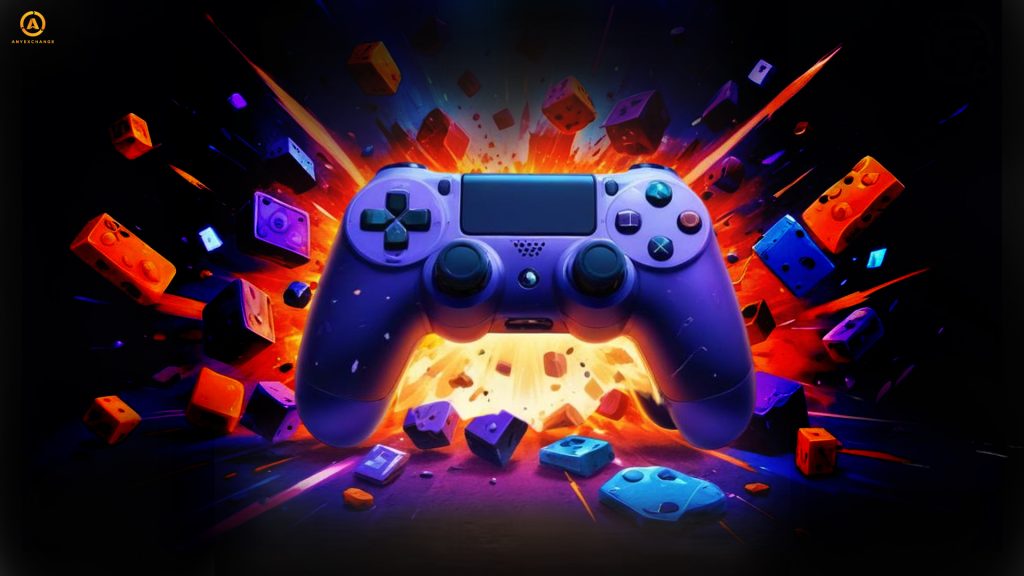
- Hacker attacks. After a series of high-profile hacks, developers began to apply mandatory, unspoken security standards. The involvement of auditing firms that analyze transactional interactions, cybersecurity experts, and white-hat hackers is beginning to become the norm. The most notorious exploits were reported in the Axie Infinity game in 2022 (when $625 million was stolen) and on the Gala-Games blockchain platform in May 2024, when an attacker withdrew more than $22 million worth of tokens.
- Lack of scalability, speed, and high fees. This is a pressing issue for the entire blockchain sector. To cope with the influx of players, slow transaction speeds and high fees, GameFi projects are increasingly using different Layer 2 solutions.
- Poorly designed tokenization. High entry thresholds and small rewards for achievements frustrate users and they leave. The solution is weighted tokenomics, where the gamer earns a steady profit after a quick return on the initial investment. Gamers today want to earn, not just spend.
- Lack of quality gameplay. As the industry evolves and competition in the segment increases, the public’s demand for exciting gameplay becomes more demanding. Gamers are looking for immersive virtual worlds and high-quality titles with clear mechanics and transparent monetization options.
- Lack of clear regulation. And as a result, there is a lack of investment in the sector. Small and little-known teams with even the most talented ideas find it difficult to raise capital to launch a project. The current legal regulations in the crypto segment are still in their formative stages, and investors are not fully confident in the safety of investing in GameFi.
- Lack of support from the traditional online gaming industry. Major game studios are in no hurry to release games on blockchain or publicly support GameFi. Lack of compatibility with classic games limits the usability of decentralized gaming tools.
The future of GameFi
The picture is optimistic with large investments in the sector in the second quarter of 2024 — they reached their best value since the third quarter of 2022 and amounted to more than $1.1 billion. a16z Gaming Fund raised $600 million for the development of innovative blockchain games, Bitkraft Venture Fund — $275 million for early investment in gaming and interactive media projects, as well as large injections were made in meta-projects (Baby Shark Universe — $34 million and The Sandbox — $20 million).
The number of blockchain games is also growing steadily, with over 3,000 registered on the DappRadar systеm at the beginning of October this year. Blockchain games continue to maintain their position as the main growth driver in the Web 3 ecosystem, accounting for 28% of the total number of unique active wallets.
Analysts expect GameFi to continue to grow after blockchain technology and DeFi. In addition, the ability to own and monetize game assets makes the GameFi sphere extremely attractive to users.
So overall, the situation looks very promising. We will keep an eye on its development.
Thanks for your attention. Enjoy playing and earning money!
AnyExchange is a cryptocurrency exchanger, through which you can convert the most popular virtual coins at the most favorable exchange rate. The platform also offers fast money transfers worldwide.
